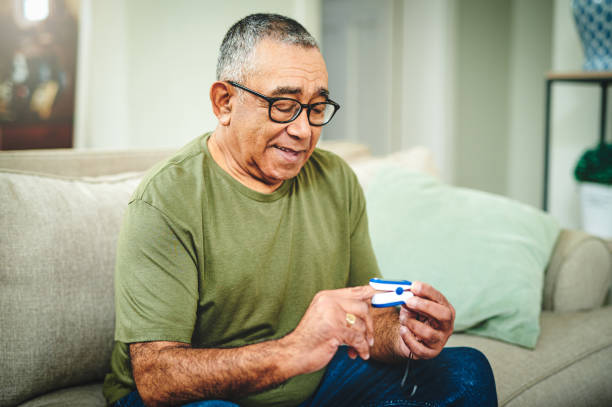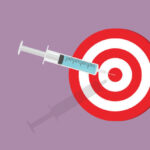Tenovi Fast Facts About Remote Patient Monitoring provides a quick and engaging opportunity to advance your awareness of telehealth, telemedicine, and remote patient monitoring statistics and topics. In addition, these RPM facts are perfect for encouraging conversations with stakeholders. All fast facts draw from various published sources and are frequently updated as new data becomes available.
10 Remote Patient Monitoring Statistics and Facts
Below is a sampling of 10 RPM facts from the Tenovi Fast Facts #41 – 50.
Fast Fact #41:
First, More than 80% of physicians believe that patients have better access to care since using telehealth. And 94% of patients who have used telehealth want to continue to have access to telehealth in the future.
Fast Fact #42:
Second, 63% of physicians globally expect most consultations to be performed remotely within 10 years. About 40% of health centers are using remote patient monitoring today.
Fast Fact #43:
With remote patient monitoring, AdventHealth, in Altamonte Springs, Florida, saw a 60% reduction in hospital admissions for those who were ongoing users of the emergency departments for chronic conditions.
Fast Fact #44:
Transitions Hospice launched a remote patient monitoring program in 2021. The organization’s president, Trish Benson, said, “This has really helped the patients feel at ease and reduce a lot of those unnecessary emergency department visits and rehospitalizations.”
Fast Fact #45:
In August 2022, the National Cancer Institute approved $23 million to develop telehealth oncology technologies to reduce in-person visits, improve patient experiences and support clinicians.
Fast Fact #46:
According to Allied Market Research, remote patient monitoring growth is anticipated to continue at an impressive compound annual growth rate (CAGR9=0 of 16.3% from 202 to 2031), making it one of the most dynamic segments of healthcare technology.
Fast Fact #47:
Definitive Healthcare, a healthcare data analytics firm, reports that the data in their report shows:
- Remote patient procedure claims volumes are up nearly 1,300% since 2019.
- Primary care physicians, cardiologists, and nephrologists are finding new uses for RPM.
- Key opportunities to sustain and increase adoption of remote patient monitoring.
Fast Fact #48:
mHealth Intelligence reports that Federal funding will help expand telehealth services for several underserved groups in Western New York. Moreover, U.S. Congressman Brian Higgins (NY-26) has secured $2 million in the federal 2023 budget to support the expansion of People Inc.’s telehealth service for senior citizens, people with intellectual and developmental disabilities, those who are deaf and hard of hearing, and people with Alzheimer’s disease in the western region of the state.
Fast Fact #49:
The South Dakota Department of Health is partnering with Avel eCare to implement a program: Telemedicine in Motion for EMS. It’s the first in the nation to offer advanced care to patients and support EMS professionals. Responders are connected via a telehealth-enabled iPad to Avel eCare’s emergency medicine experts to interact with physicians and nurses.
Fast Fact #50:
Finally, PHE Ends May 11: 4 Ways Telehealth & RPM Will Change. The Department of Health and Human Services (HHS) created a fact sheet to help healthcare organizations prepare for these changes. Tenovi highlights 4 fundamental changes that will go into effect on May 11, 2023, in telehealth and remote patient monitoring.
Tenovi frequently publishes RPM facts to the Tenovi Blog for a quick and easy way to enhance your knowledge of current facts about telemedicine and remote patient monitoring.






